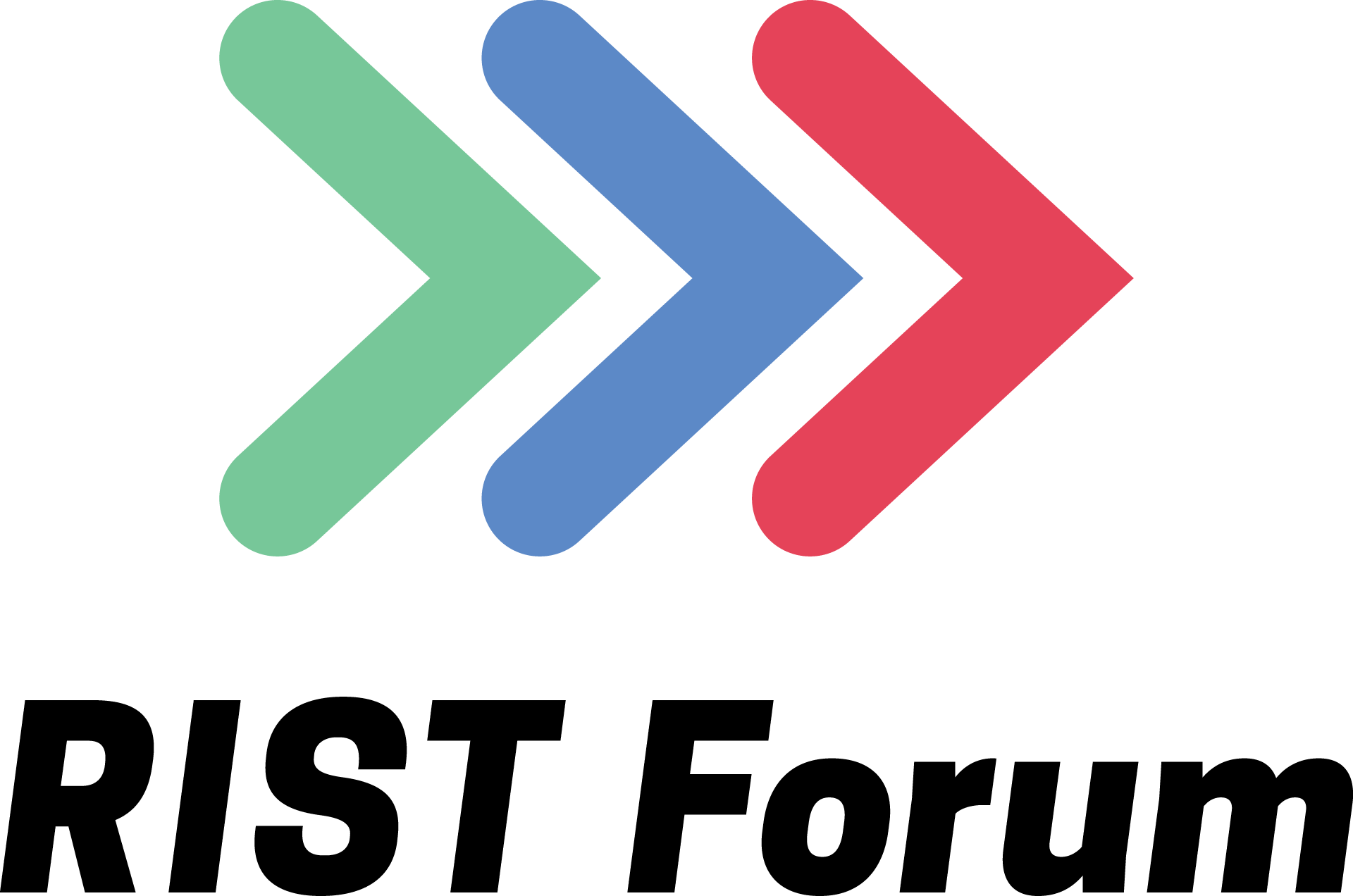Achieving Interoperability for Broadcast
The huge increase in demand for content over the last 5 – 10 years has led to broadcasters having to significantly adapt their workflows. The need to produce large volumes of high-quality content, at the lowest cost, has naturally driven broadcasters to seek out ways to improve workflow efficiency. Rather than being limited to the offerings of a single vendor, broadcasters must ensure that they use the best possible combination of tools for their particular needs. The availability of so many different hardware and software products gives broadcasters the ability to mix and match solutions, so that they can create custom workflows tailored to their operations.
With a diverse range of solutions available from a variety of manufacturers, it's essential that these products are able to work together seamlessly, in order to deliver exceptional viewing experiences for audiences. Interoperability is an essential aspect of modern broadcast systems, not only because it allows broadcasters to build custom solutions, but also because it allows broadcasters to take advantage of the latest innovations and technologies.
Transporting video over IP
It's important for broadcasters to work closely with their technology partners to ensure that their systems are properly integrated and that any potential issues are addressed before they can affect the viewing experience. Transporting video over IP is a case in point. Using IP as a transport mechanism has become increasingly attractive to content providers and broadcasters, because it can provide an efficient and cost-effective way to transport large volumes of high-quality content. While IP can offer cost savings over traditional contribution and distribution methods, it is not without its challenges.
Vendor solutions for sending and receiving video need to be interoperable, if the content is to be transported reliably and to broadcast standard. If the sender and receiver are using equipment and solutions from different vendors, with different and incompatible protocols, it can be extremely problematic. Encoders and decoders need to be able to speak the same language so that they can communicate effectively with each other. To add to the confusion, even if the devices at both ends claim to be compatible, without the correct broadcast grade protocol in place the quality of the video can suffer. What is needed is a robust set of IP standards.
RIST protocol has multi-vendor interoperability at its core
Achieving multi-vendor interoperability can be a complex and time-consuming process, because it usually requires careful planning and coordination between different manufacturers and vendors.
This is where the Reliable Internet Stream Transport (RIST) protocol comes in. Developed in 2018 by a group of industry experts to address the challenges of transporting video over IP, it uses a standards-based approach which ensures full interoperability between solutions. The RIST technical specification is an open specification and open-source transport protocol, so any vendor can implement it in their equipment. As such, the number of RIST enabled products is constantly expanding and now cover each part of the contribution and distribution workflow. This makes it much easier for broadcasters to pick and mix solutions from different vendors, safe in the knowledge that the solutions will be fully interoperable. The RIST Protocol has multi-vendor interoperability at its core.
Using IP as a contribution mechanism has the potential to make broadcast workflows more cost efficient, without compromising on quality, but that will only be possible if full interoperability is achieved.
For more information about RIST enabled products or to find out about becoming a RIST member, get in touch.
